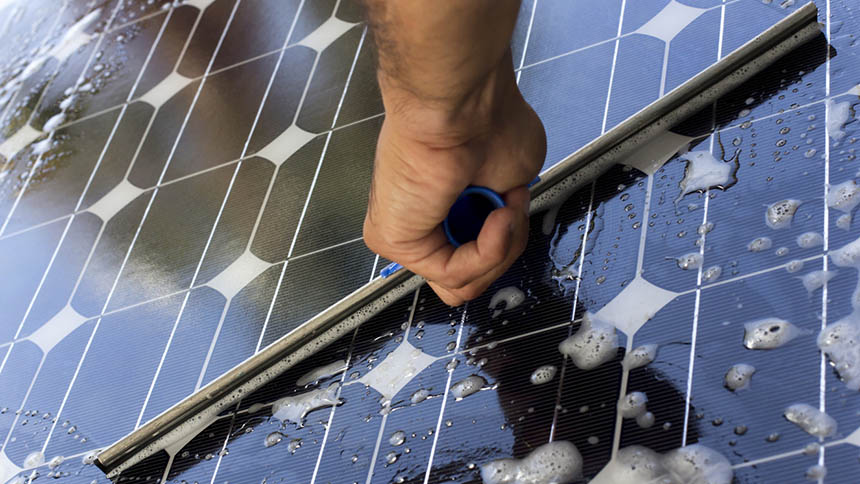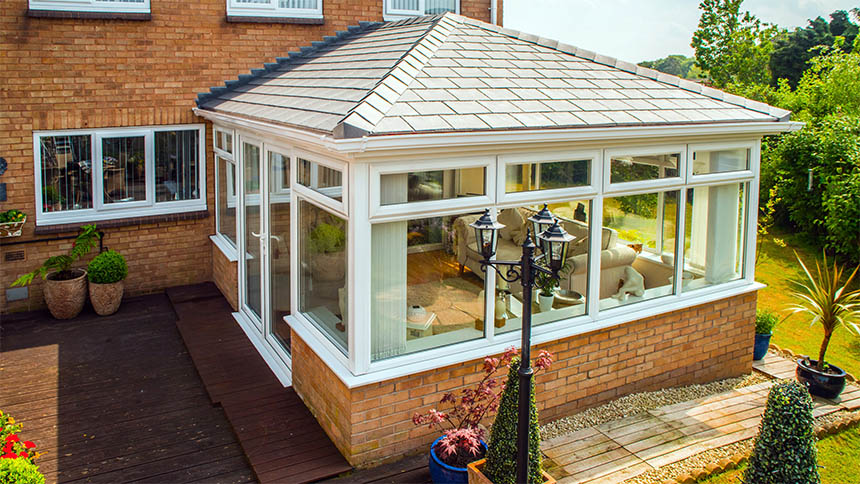Energy efficiency - How to cut your heating bills
With increasing concern over the price of electricity and gas, homeowners and buyers are more focused than ever about how the energy efficiency of their property will hit them in their pockets. So, where do you need to look to ensure that your home is as energy-efficient as possible?
There are several aspects of your property that you’ll need to investigate and consider how you might improve your home’s performance, especially with some energy suppliers announcing price hikes considerably greater than inflation and average wage increases.
With 25 million homes expected to require significant improvements in insulation by the middle of this century to meet carbon emission targets too, the problem certainly extends beyond our monthly or quarterly bills. Even with the excellent energy efficiency of new homes compared to period properties, we simply can’t build them fast enough to meet demand so many people are looking at ways they might improve their existing home to reduce their bills.
The team from Home Improvement Quotes has a list of suggestions about the best way you can make your home use less energy.
Off the boil
 The single most important energy feature of many homes is the boiler, with heating alone accounting for some 60% of the average annual energy bill. Inefficient boilers can cost you a fortune is wasted energy, using too much fuel for too little effect. Old boilers are also temperamental, and likely to break down when they’re needed the most.
The single most important energy feature of many homes is the boiler, with heating alone accounting for some 60% of the average annual energy bill. Inefficient boilers can cost you a fortune is wasted energy, using too much fuel for too little effect. Old boilers are also temperamental, and likely to break down when they’re needed the most.
An A-rated boiler, operating at 90%+ efficiency, can save 17% on one operating at 75% (E-rated) and 33% on one running at 60% efficiency (G-rated).
Less-efficient boilers have a number of features that waste fuel and bring up your bill. Look out for things like a constant pilot light, ‘dry cycles’ (which re-direct unnecessary heating rather than switching it off) and no thermostat. Modern non-condensing boilers are 25% more efficient than older non-condensing ones and if your boiler is mounted on the floor and not the wall, that’s a sign it’s an old fitting that may benefit with replacement with something brand new.
Repairs to old boilers can also be very expensive, especially those with parts that may be hard to find, and if you are planning to sell your home, a more modern boiler is likely to attract buyers.
Up on the roof
 Solar panels are a high-profile method of using nature to power our homes, with many homeowners installing them on the roof and many new homes developments fitting them as standard. Efficient solar panels can not only provide enough power for a home, they can also turn into an earner for the homeowner, with excess energy available to sell back into the National Grid.
Solar panels are a high-profile method of using nature to power our homes, with many homeowners installing them on the roof and many new homes developments fitting them as standard. Efficient solar panels can not only provide enough power for a home, they can also turn into an earner for the homeowner, with excess energy available to sell back into the National Grid.
There are two general types of solar panel: solar thermodynamics (also known as solar assisted heat pumps) and solar thermal. The former produces around 25% of your heat from the sun, the rest from air or rain, working 24 hours a day, 365 days a year, and there are claims that it can be 200% to 500% efficient, meaning using one unit of electricity on the pump generates two to five times as much power back. The latter can work in all weather but is most efficient during the summer, as it’s only source of energy is the sun.
Whichever system you may plump for, it’s worth bearing in mind that they can lose 20% to 50% of their efficiency when they are dirty, so you’ll need to find the time to clean them regularly to make sure you benefit from them as much as possible.
Are you being conserved?
 Conservatories are understandably popular additions to many homes, fantastic extensions from which to enjoy sunny summer days, flooded with light and a view of the back garden. However, some homeowners find this part of the house a little stifling in summer and difficult to heat well in winter, so they either don’t get used or potentially cost a fortune for little usage during cold seasons.
Conservatories are understandably popular additions to many homes, fantastic extensions from which to enjoy sunny summer days, flooded with light and a view of the back garden. However, some homeowners find this part of the house a little stifling in summer and difficult to heat well in winter, so they either don’t get used or potentially cost a fortune for little usage during cold seasons.
There is now an option to fit a solid conservatory roof, which will improve temperature control through the use of lightweight tiles and insulation, reflecting glare and eliminating overheating in the summer and blocking escaping heat and warming the room up in winter. You can still benefit from sunshine through the use of skylights, and the choice of tiles available means it can complement the roof of your home.